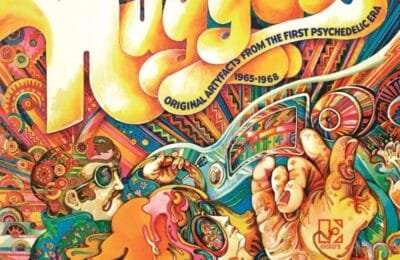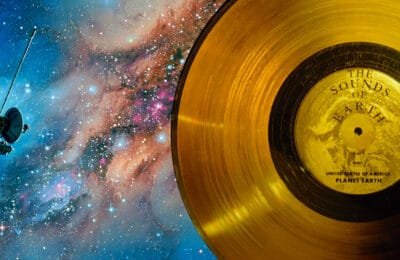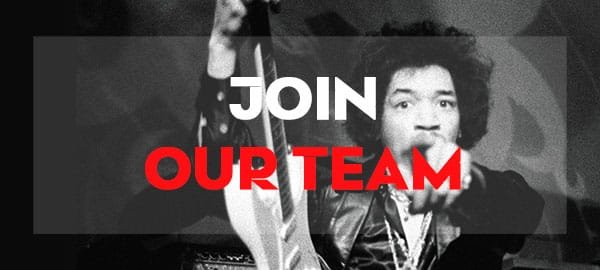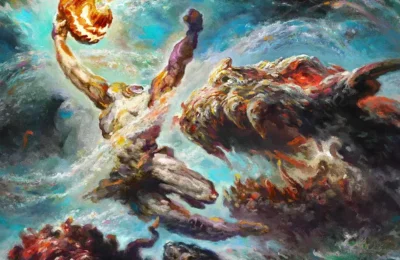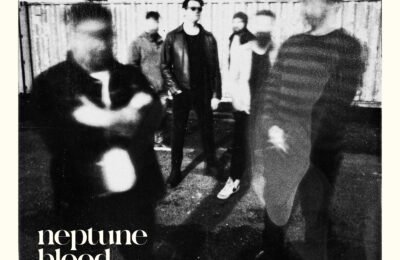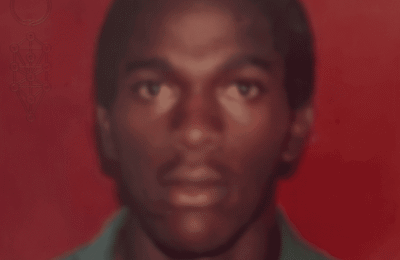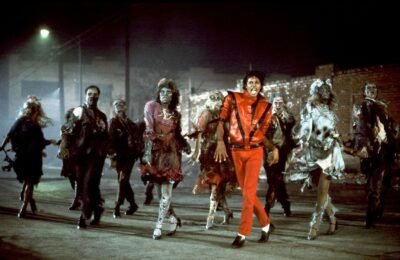Pink Floyd Finds Its Voice
After Bob Klose’s departure, Pink Floyd lost a strong vocalist and a segment of their blues-loving audience. The band struggled for direction, experimenting with influences from The Beatles and The Rolling Stones, but the results were unremarkable.
In 1966, London was a hotbed of creativity, a true sonic laboratory. The city’s underground scene thrived, and The Pink Floyd Blues Band took a bold experimental turn, rebranding as The Pink Floyd Sound. This pivot marked the beginning of their signature style, setting them apart from their contemporaries.
At their home base with Mike Leonard, the band began improvising with Leonard’s homemade psychedelic projection device, which cast shifting, hypnotic shapes on the walls. Inspired by these visuals, the musicians crafted eerie, otherworldly soundscapes, laying the groundwork for what would later become iconic tracks like Astronomy Domine. In this environment, Pink Floyd discovered their unique sound and solidified their identity as simply Pink Floyd.
The Underground Scene and Rising Fame
Pink Floyd quickly became a fixture of London’s underground scene, alongside groups like The Soft Machine. They performed almost nightly at the UFO Club, a premier underground venue they helped inaugurate. They also participated in large-scale light shows that blended music, visual art, and avant-garde performances, occasionally crossing paths with cultural icons like John Lennon and Yoko Ono.
After their performance at the Spontaneous Underground show at London’s Marquee Club, Peter Jenner, head of the DNA label, approached the band. Jenner, envisioning international fame for Pink Floyd, offered them a contract. Initially, the band declined, wanting to maintain control of their creative direction. However, after a spectacular concert on October 15, 1966, Jenner’s persistence paid off, and Pink Floyd signed with DNA.
Their first single, Arnold Layne/Candy and a Currant Bun, was released on March 11, 1967. The track, recounting the tale of a Cambridge cross-dresser who stole women’s clothing—including items belonging to the mothers of Syd Barrett and Roger Waters—was controversial. Misinterpreted as a promotion of drug use, it was banned from radio, but the controversy only boosted the band’s profile.
Their second single, See Emily Play/Scarecrow, propelled the group beyond the underground scene, winning them a broader audience. The sudden fame overwhelmed Syd Barrett, who began using LSD, leading to erratic behavior. Although his mental health was deteriorating, he stayed with the band to record their debut album.
A Psychedelic Triumph: The Piper at the Gates of Dawn
Released on August 15, 1967, The Piper at the Gates of Dawn was a critical and commercial success, reaching sixth place on the UK charts. Largely a product of Syd Barrett’s visionary creativity, the album outshone other psychedelic works of the time. However, its creation was fraught with challenges.
In an era when albums were typically recorded in two weeks, Pink Floyd spent three months at Abbey Road Studios, often working alongside The Beatles, who were recording Sgt. Pepper’s Lonely Hearts Club Band. According to Nick Mason, meeting The Beatles during the recording of Lovely Rita felt “like meeting the royal family.”
Despite the studio’s leniency, there were tensions. The production team replaced Joe Boyd, who had worked closely with the band, with Norman Smith, a seasoned producer who had worked with The Beatles. Smith preferred concise, polished tracks, clashing with the band’s penchant for extended, improvisational performances. The conflict was particularly pronounced between Smith and Syd Barrett, though the producer allowed some creative freedom on tracks like Interstellar Overdrive, preserving the band’s distinctive sound.
Touring and the Decline of Syd Barrett
As the band toured to promote the album, Syd Barrett’s condition worsened. His mental health spiraled, exacerbated by substance abuse. During a concert on November 5, 1967, at the Cheetah Club in Venice Beach, California, Syd had a breakdown. Immobilized on stage, he eventually tore the strings off his guitar and fled.
The band could no longer rely on Barrett. For a time, they considered bringing in Jeff Beck, but he wasn’t a songwriter or vocalist. Instead, they invited Syd’s childhood friend, David Gilmour, to join as a guitarist and vocalist, hoping to keep Syd involved as a creative force. However, Syd’s erratic behavior continued, and his contributions dwindled.
The band faced a heartbreaking dilemma: Syd Barrett was their creative leader, the architect of their success, but his instability threatened their future. Ultimately, they made the most difficult decision of their careers: they had to part ways with Syd.
This pivotal moment marked both the end of Pink Floyd’s first chapter and the beginning of their rise as one of rock’s most enduring legends. Without Syd at the helm, the remaining members—Waters, Gilmour, Mason, and Wright—would go on to craft albums that defined the progressive rock genre, but the shadow of Barrett’s influence would linger throughout their work.


